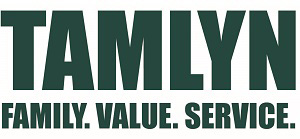Cantilevered buildings seem to be everywhere in New York City these days, as developers and architects strive to maximize space, views, and natural light in residential developments. With a seemingly insatiable demand for housing stock in a city that has limited availability and height restrictions in many areas, cantilevers have become a go-to solution and a design element in their own right. Bold cantilevered designs are not without challenges though. In addition to basic structural challenges, fire protection and life safety considerations need to be addressed from the perspective of the cantilevered building, as well as from the adjacent building. Both properties are at risk from a fire initiated in either building, which can spread via conduction in solid materials, convection through circulating fluids such as air, or thermal radiation.
LEARNING OBJECTIVES
After reading this article, you should be able to:
- Understand the fire/life safety risks of cantilevered buildings and the ways in which fire may be spread to adjacent buildings.
- Recognize the distinction between passive and active fire protection systems and list examples of each.
- Describe the components of a fire engineering analysis.
- Understand the parameters, variables and safety factor standards in a design fire simulation.









